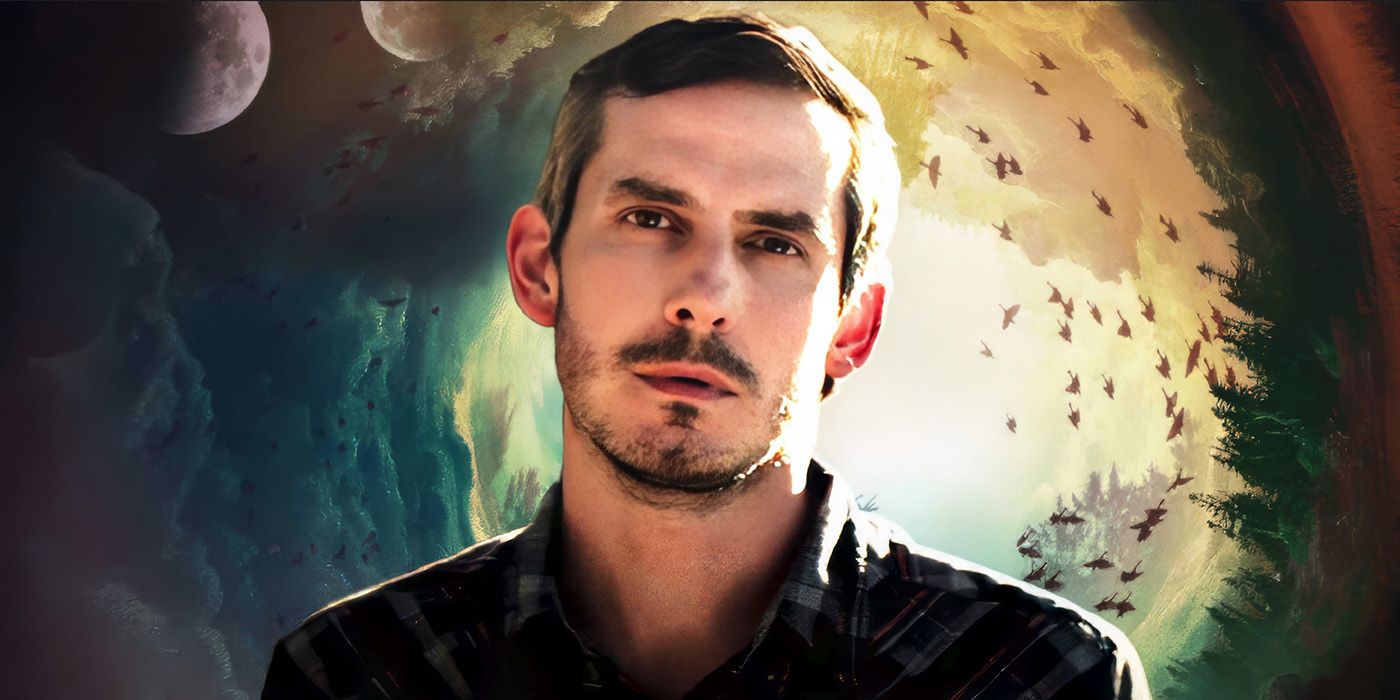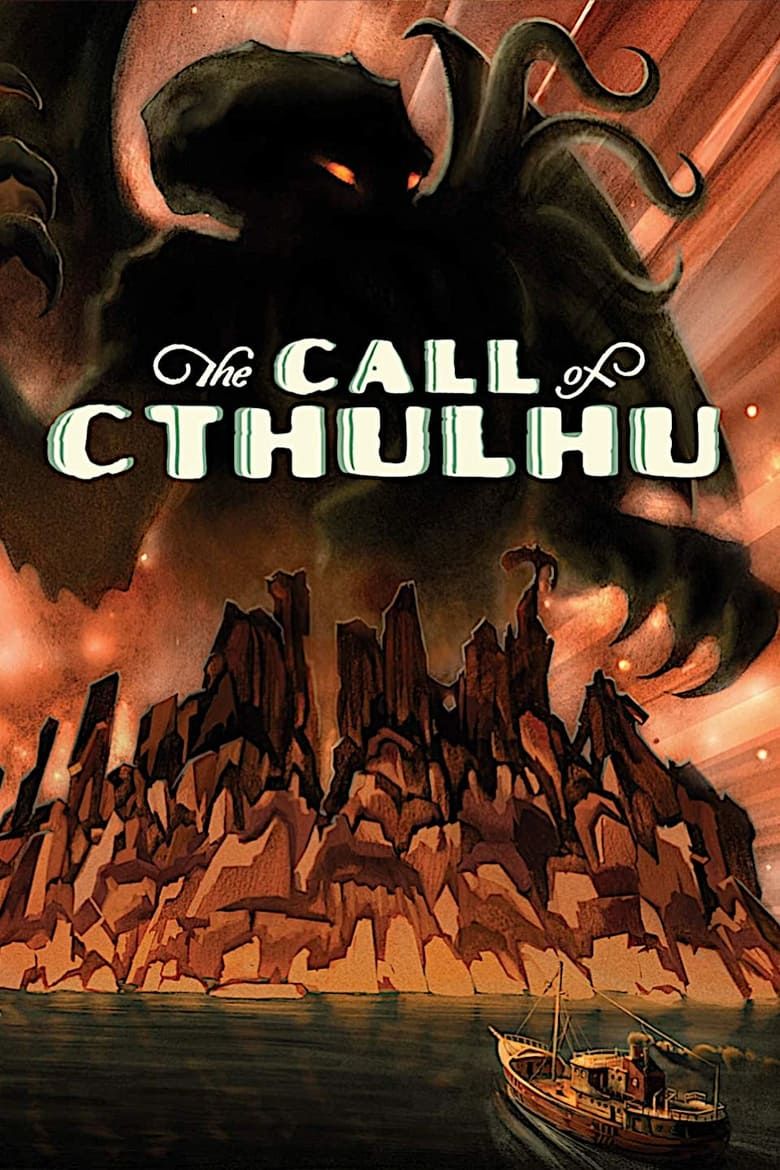Though autumn holds the advantage of having Halloween within its boundaries, it’s the winter months when truly chilling stories are best told. And that’s seemingly what Robert Eggers had in mind as he’s bringing back one of cinema’s most influential characters with his upcoming Gothic horror, Nosferatu. The December movie release hearkens back to classic horror cinema, reminiscent of the original Nosferatu with its nostalgic visual design and understated elements. However, horror fans need not be impatient, because there’s one underrated film project that should whet the palate of wintry frights — one that also takes inspiration from genre-defining literature.
The Call of Cthulhu was an unlikely production that succeeded in bringing H.P. Lovecraft‘s most famous story to life. Lovecraft’s writing is imbued with a nauseating fear of the unknown, a recurring theme that has utterly captivated audiences for decades. Though Lovecraft himself was a controversial figure, his written works have nonetheless become ingrained in horror and sci-fi, even spawning its own genre of Lovecraftian horror that continues to influence media today. Despite how much his eldritch horrors have ingrained themselves into the human psyche, Lovecraft’s stories aren’t typically adapted to the silver screen due to how much they involve concepts unknown and unseen — ideas that don’t typically translate well to the visual medium of film. However, The Call of Cthulhu exceeded expectations, drawing inspiration from classic Hollywood in order to create a genuinely unnerving silent horror.
‘The Call of Cthulhu’ Feels Like a Silent Film From the 1920s
The Call of Cthulthu is an independently made silent film first released in 2005, adapting Lovecraft’s most famous work by unconventional means, but with exceptional results. At just under an hour long, the short film follows Franchis Thurston (Matt Foyer), who begins studying his great-uncle’s notes on the mysterious Cthulhu Cult. Through a series of flashbacks, Thurston uncovers the disturbing and maddening findings from his great-uncle’s experiences — stories of artists driven to insanity, cult activity in the swamps of New Orleans, and unspeakable cosmic horrors beyond human imagining.

Related
The Brilliant, Zero-Budget, Lovecraftian Cosmic Horror Subverts the Sinister Cult Trope
This movie is a genre-mashing diamond in the rough.
Even though it was released in the mid 2000s, The Call of Cthulhu looks and feels like a silent film from the 1920s, which generates the perfect atmosphere for this story. Despite the imposing existence of the Great Old Ones (the ancient gods in Lovecraft’s sprawling mythology), each individual story is ultimately about humanity and the fragility of their existence. By making the movie a silent film, The Call of Cthulhu better centers that emotional human perspective, focusing on raw theatrical performance over CGI special effects. Similarly to live theater, this style of film uses larger-than-life expressions to convey greater intensity of emotion, even with the absence of sound and color.
‘The Call of Cthulhu’ Uses Abstract Imagery and Close-Up Shots to Convey Emotion
While there have been a number of movies based on Lovecraftian mythos over the years, The Call of Cthulhu stands apart because of the production crew behind the making of the film. The Call of Cthulhu was made by the H.P. Lovecraft Historical Society, an international fan organization that not only makes film projects, but also hosts Lovecraft-inspired roleplaying games and a storefront for books and other trinkets. This team was the key to the film’s success, as the Historical society is composed of longtime fans of Lovecraft and the Call of Cthulhu horror roleplay game, demonstrating not just a deep love for the story, but an intimate understanding of its overarching themes and ideas.
However, passion alone does not equate to making an excellent film — though the Historical Society proved they had the technical skills to back up their fandom. The filmmakers used the Mythoscope process, a combination of vintage and modern filming techniques that gives the film its unique visual design and overarching eerie atmosphere. Creative cinematography keeps the film dynamic despite its relatively small budget, with Dutch tilts and close-up zooms that keep the audience off-balance.
This puts emphasis on the performers, as the actors are theatrical in their performances and have exaggerated expressions that better serve to capture the loss of sanity of their characters. Without dialogue, the movie’s soundtrack was responsible for tying together the viewing experience, which it accomplishes phenomenally. Reminiscent of old-school Hollywood, with reverberating timpani and eerie strings, The Call of Cthulhu is a complete sensory experience, despite being a silent film. While there is controversy around Lovecraft as a person, it’s undeniable that his stories continue to inspire creativity and horror among audiences. The collision of literary and cinematic horror continues to be an inspired dynamic, so as the nights get colder and award season begins, it’s the perfect time to immerse yourself in the unnerving and unnatural. But as always, be warned, because whether it be The Call of Cthulhu’s eldritch beings or Nosferatu’s personification of evil, there’s a reason why humanity is afraid of the dark.
The Call of Cthulhu is available to watch on Tubi in the U.S.












